Workplace Health and Safety in Home Care
VerifiedAdded on 2020/05/08
|7
|915
|63
AI Summary
This assignment explores workplace health and safety issues specific to home-based care for nurses. It addresses relevant authorities, identifies common hazards like musculoskeletal injuries, infection control risks, and personal safety concerns. The assignment also delves into strategies for minimizing these risks, including proper manual handling techniques, infection prevention protocols, and staying updated on workplace safety requirements.
Contribute Materials
Your contribution can guide someone’s learning journey. Share your
documents today.
1 out of 7
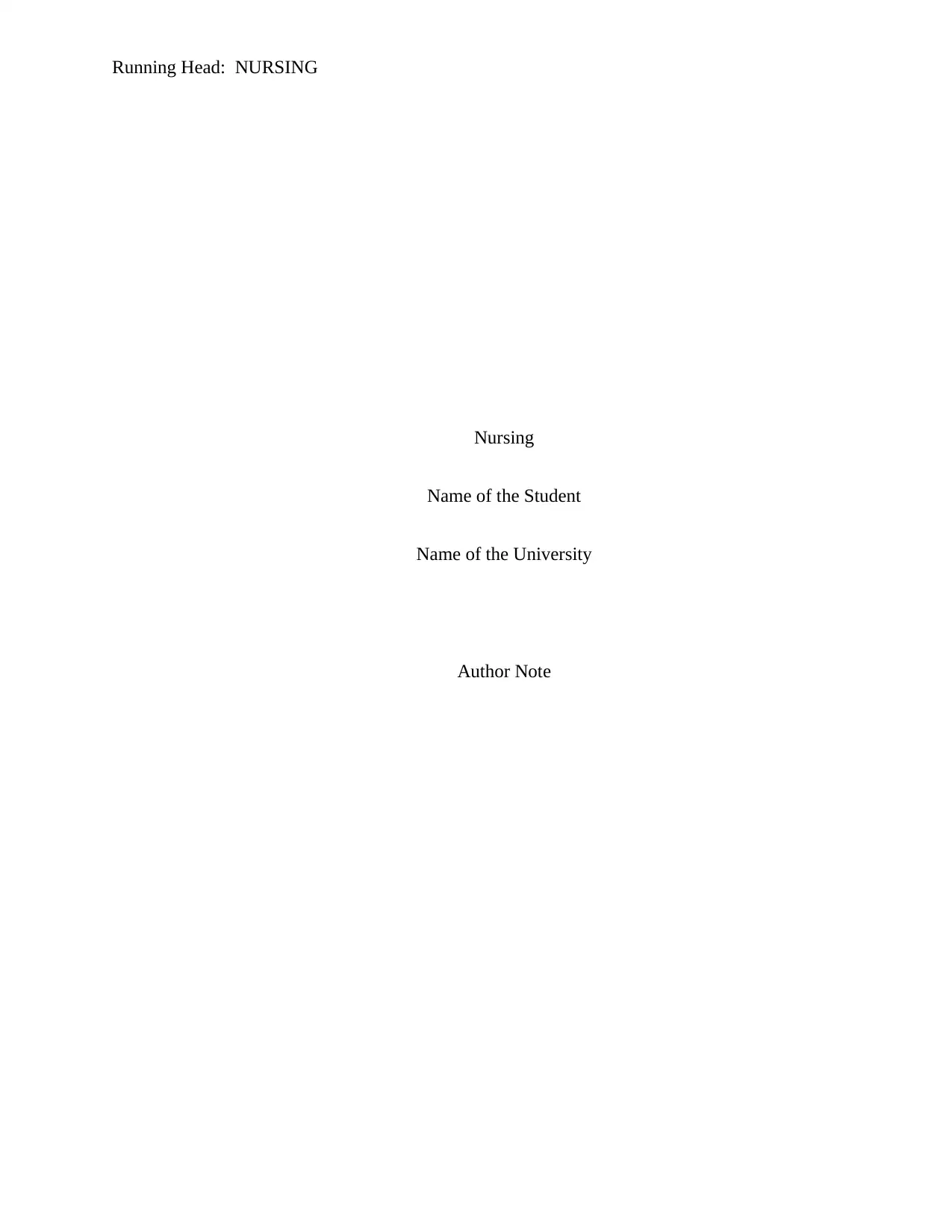

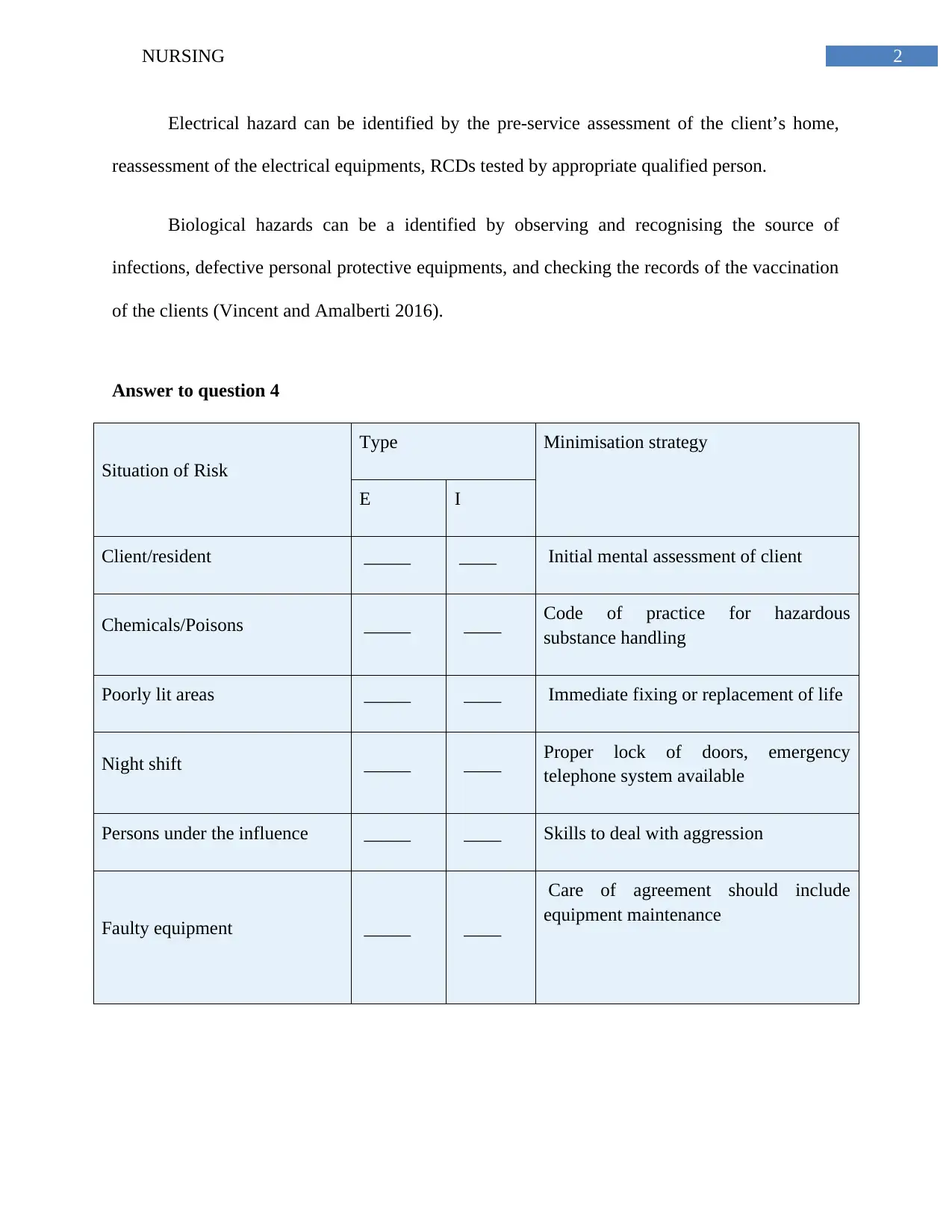
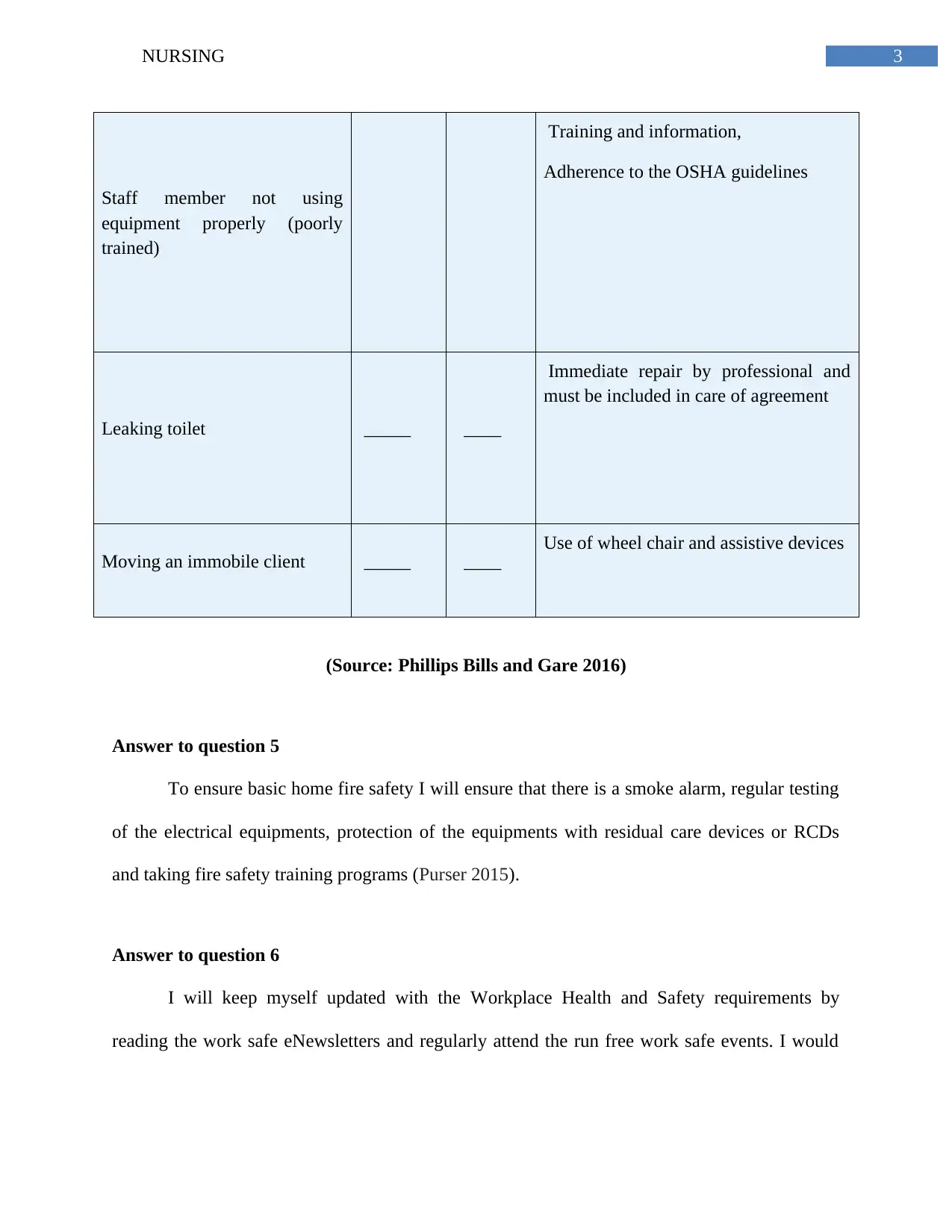

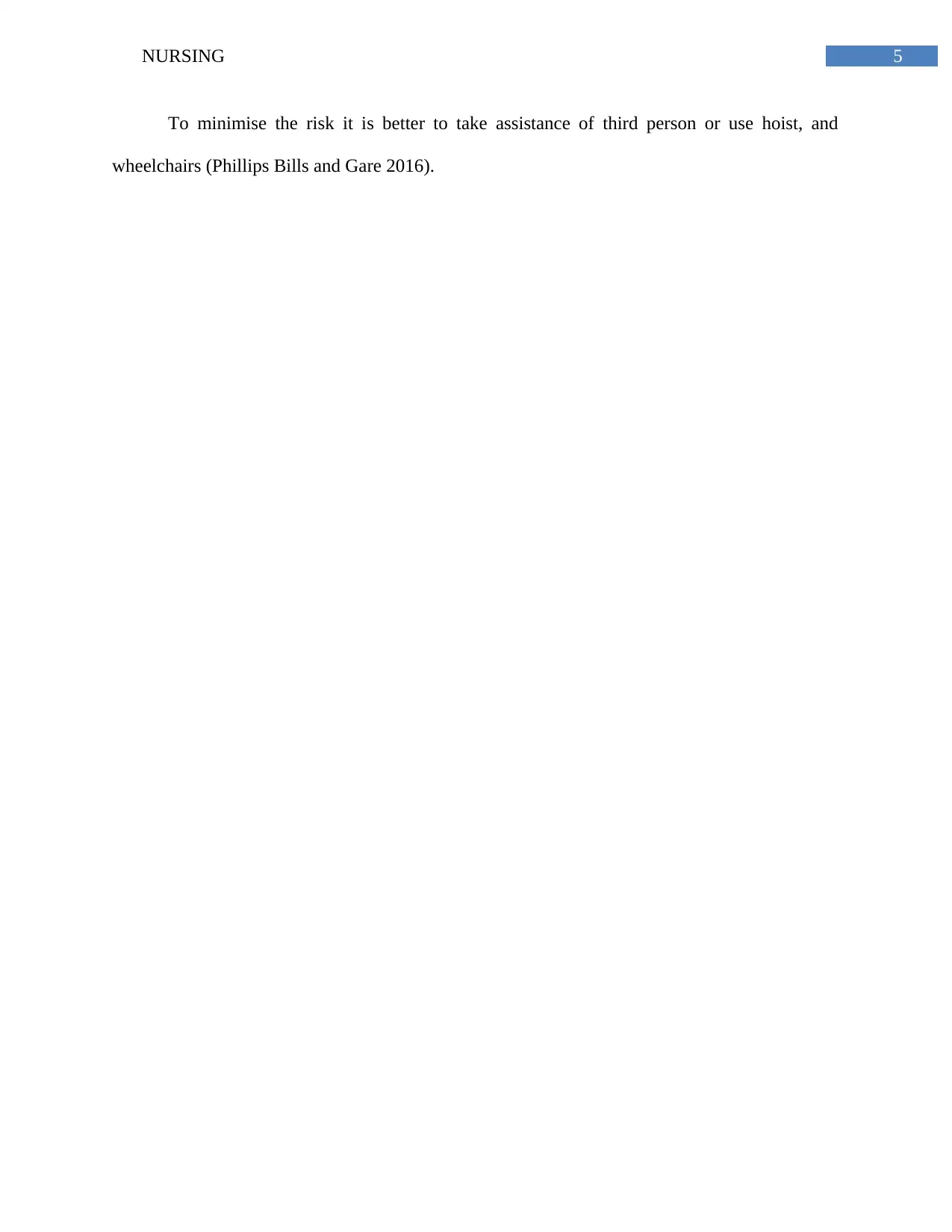
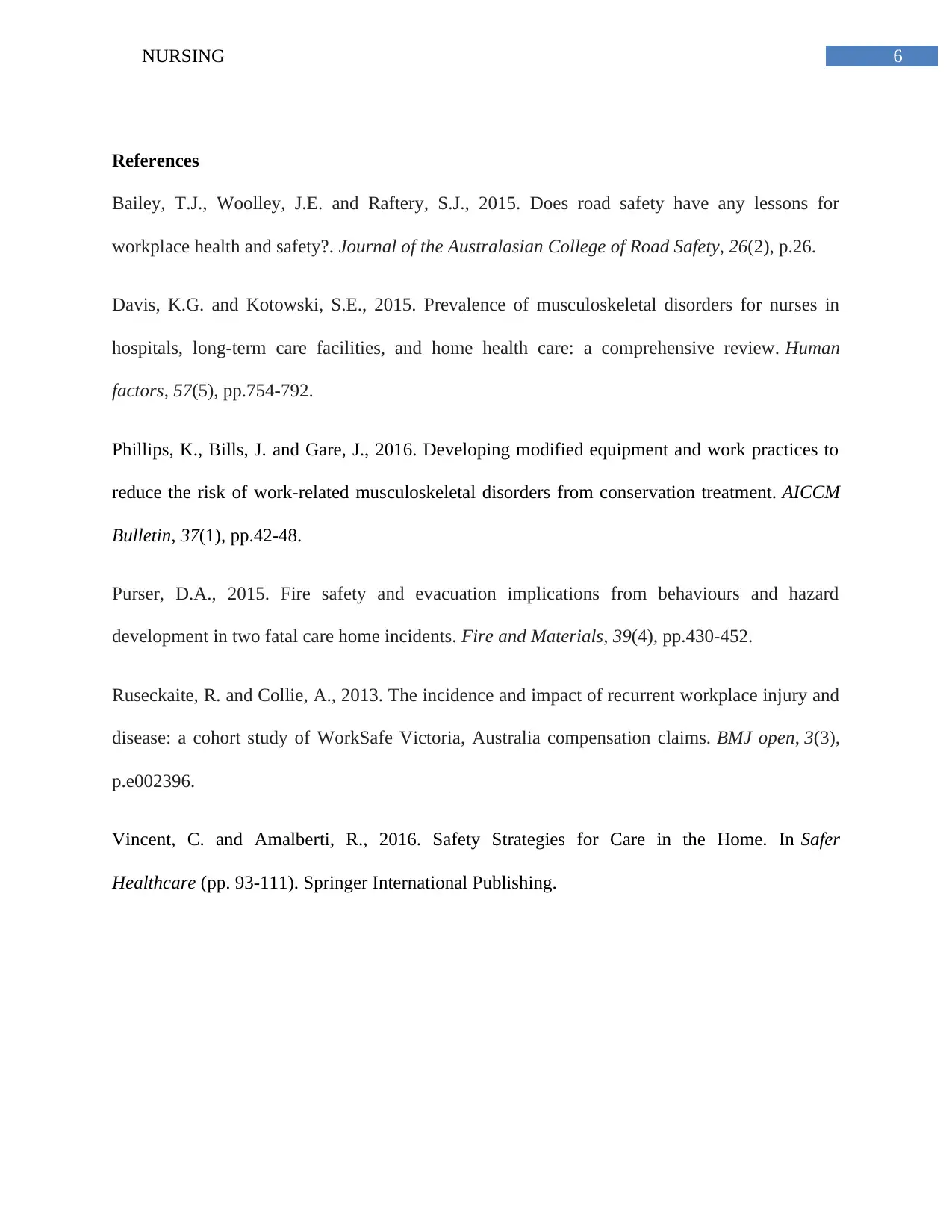






![[object Object]](/_next/static/media/star-bottom.7253800d.svg)